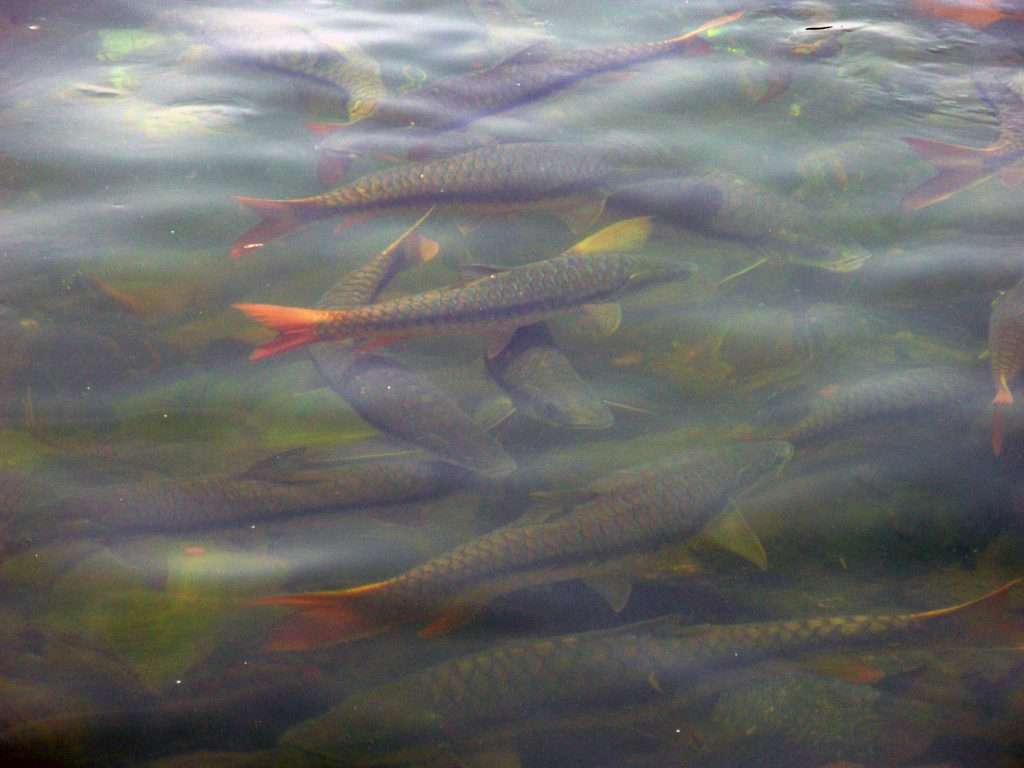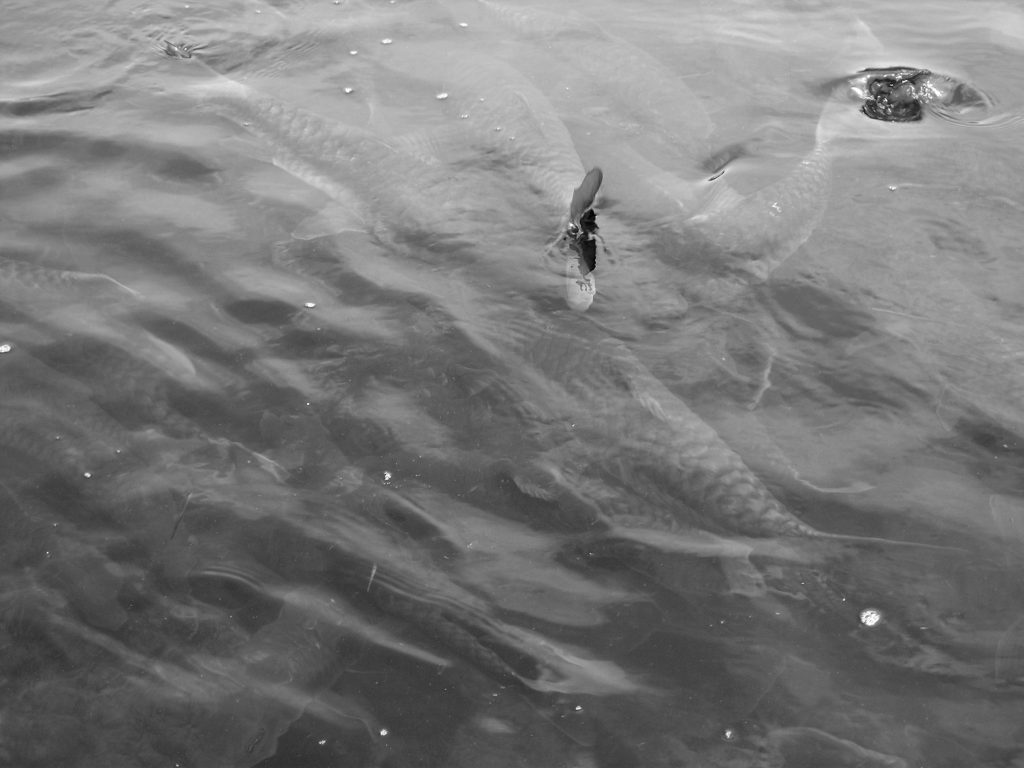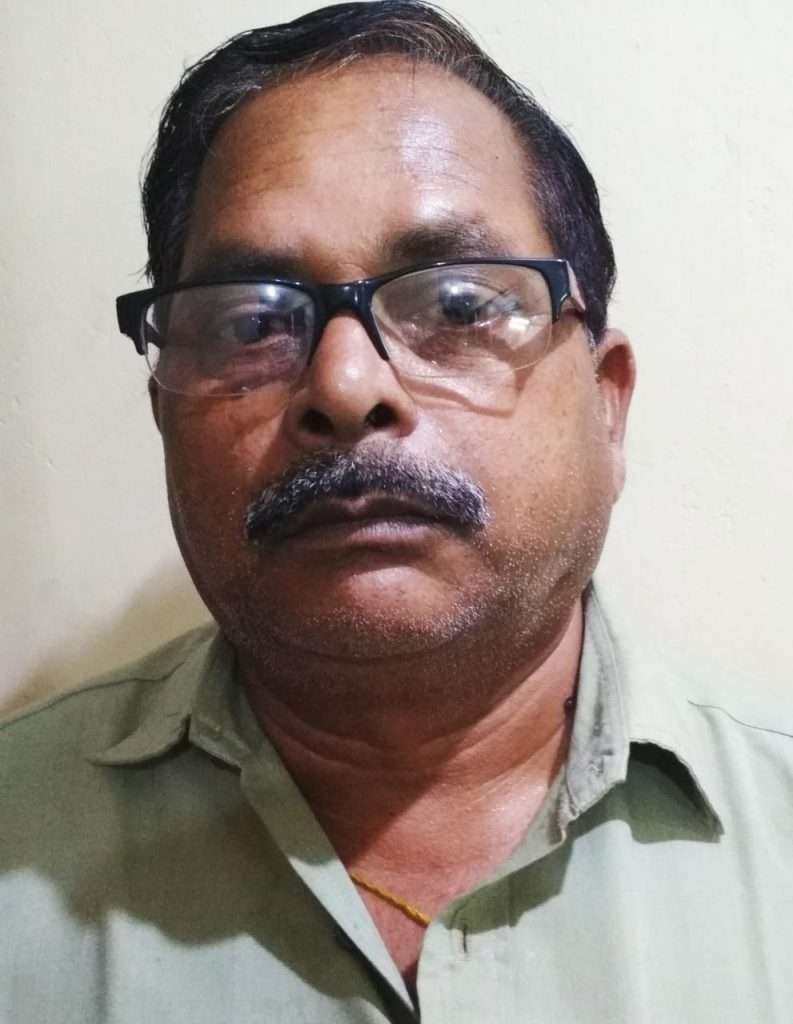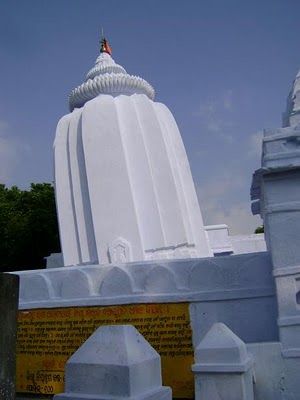The leaning Temple of Huma is the Indian answer to the leaning tower of Pisa in Italy. It is located in Huma, a village located on the left bank of Mahanadi, 23 kms south of Sambalpur, in Odisha. The temple is dedicated to the Hindu God – Lord Bimaleswar Mahadev. It is not known if this structure is leaning by design or for any other reason. Although the edifice leans, the pinnacle of the temple is perpendicular to the ground.
The cause of leaning is not yet known. It will be futile to put forward just any reasons. It has been gathered that at the time of doffing the plinth was not straight as it is a rocky terrain. So the construction was continued as it was designed by the architect. As a result we got a lilted structure. But the pinnacle was made straight and perpendicular to the ground.
Temple matter is a spiritual matter. So to say anything is provisional. British anthropologists have also said – there are two worlds –one is physical, another is spiritual. We know about physical world. But we do not know about the spiritual world. Temples are divine creations. So we cannot clearly say about the intentions of Gods. So the temple architecture of Humacannot be explained rationally.It is inexplicable.

Who constructed the Temple?
Regarding construction of the leaning temple of Huma there is a controversy. According to Sambalpur District Gazetteer, Baliyar Singh Dev, the fifth king of Sambalpur (1660-1690) constructed it. But it is learnt that the land grant of the temple was made by BalaramDev, the first Raja of Sambalpur (1545-1560). That means the land grant was made hundred years earlier from Baliyar Singh Deo. So it is unlikely that during these hundred years the kings had remained silent. So it is certain that BalramDevstarted building the temple and made the land grants for the maintenance of the temple. The evidence is British Settlement Officer A.M. Russel’s settlement order of 1872. Copy of order passed by the Settlement Officer Sadar, Sambalpur in Hakiyat proceedings of Huma can be found.
In the court of Settlement Officer, Sambalpur the Settlement Officer, Sambalpur the 5th November 1872.
Rent free enquiry:
- Huma
- Grindolapali
- Bhairopali
- Gaidherpali
- Mahale
- Dhatukpali
This is an ancient temple grant as an endowment for the ancient temple of Bimaleshwar Mahadev situated in the village of Hooma on the left bank of the river Mahanadi. The date of the grant is lost in oblivion having said that it is said made by Balram Dev, the first Raja of Sambalpur and is therefore several centuries old.
In an another court order, a British Judge had said that Huma Temple was built by Balaram Dev, the first Raja of Sambalpur.
That a period too remote to trace out its origin, the Deity, Bimaleswar Mahadev was self-installed at Mauja Huma and one Uchha Deo, the common ancestor of the parties was the founder and the original trustee and holder of office thereof. He was in the position of a trustee as regards the administration of the properties of the deity; he was in the position of a holder of office as regards the duties like puja/seba that appertains to it.
That sometimes after wards, BalaramDeo, the first Raja of Sambalpur built the temple for the said deity and dedicated certain villages namely Huma, Mahale, Dhatukpali, Bhariopali, Grindolapali, Builbunga ,Gaidharpali for the maintenance of religious worship by way of daily Bhograag and for the periodical ceremonies attaching to the institution and also for the support of the temple. Bimaleswar and the execution where of was entrusted with Uchha Deo, the founder of the institution.
In token there of two stones known as ‘Gadhashilla’ were installed in front of the temple Bimaleswar by said BalramDeo and Surname of Uchha Pujari was changed into Deo.
That from the time of said UchhaDeo his heirs from generation to generation used to offer Bhograag three times a day and execute other duties connected with the worship in performing the periodical ceremonies like Bhairo Puja, Siba Ratra, Kartik Chaturdasi, and Sombara, Chandan Jatra, Dola Purnima, Dahi Kado, Nabanna Vakhyana and some other and the body of Sebayats used to receive the offering of the pilgrims to themselves unless there is specific direction to the contrary and used to enjoy other benefits arising out of the office and some occupancy lands were allowed to be possessed by them free of rent at Mouza Huma.
Thus the line of succession of the office appointed by Uchha Deo became hereditary carrying with the right to receive offering and other benefits arising out of the office which afterwards became customary one and the performances, the periodical ceremonies as said above became settled by long usages and it was incumbent on the body of the Sebayats to observe the customary form of worship and ceremonies and on no account could be deviated there from.
That for the due execution of the functions belonging to the office, Uchha Deo, amicably divided his three sons, Dharam Deo, Karam Deo and Janam Deo, the rites of the office in three equal shares i.e. ten days a month to each of his son. And fixed the order of service by giving the first 10 days to his eldest and the middle and last part of the month to his sons Karam and Janam Deo respectively and the order of service was accordingly fixed by rotation.
That in course of exercising their right of Seba Puja to the office separately and exclusively by rotation, the share of each branch was further divided and subdivided amongst themselves i.e. heirs of Dharam Deo, Karam Deo and Janam Deo.
From these two accounts of British officers, it is certain that the leaning temple of Huma was built by Raja Balaram Dev, the first Chauhan king of Sambalpur.

Worship
The worship of Siva is said to have been initiated by a milk man, who crossed the Mahanadi daily to a place on the bank where the underlying rock cropped out. He offered his dole of milk which was immediately consumed by the rock. This miraculous circumstance led to enquiries, which ended in the construction of the present temple.
Huma is one of Asta Sambhus of erstwhile Sambalpur District. They are:
- Huma – Bimaleshwar
- Ambhabana – Kedarnath
- Deogaon – Vishwantath
- Gaisama – Balukeshwar
- Maneswar – Mandhata
- Surna – Swapneswar
- Saranda – Bisweshwar
- Nilgi – Nilakantheswar
Annual Fair
An annual fair takes place on the bank of the river Mahanadi in March every year on Shivratri. This fair attracts huge crowd which includes foreign visitors. The Government of Odisha has proposed a hanging bridge to attract more tourists to the annual fair. There is a special type of fish found here known as Kudo fish. They are frequently fed by the visitors.
The leaning temple of Huma needs extensive research. However, we bow to the Lord’s desire. In any case, Huma Leaning temple is unique in the world. There is a saying – Bend Like Bekham (English Footballer). But, we can say – Bend like the leaning temple of Huma.
(The views expressed are the writer’s own.)

Radhakanta Seth is an Income tax officer in Sambalpur. He is a Freelance writer and his articles have been published in some Oriya dailies like Sambad, Samaj, Dharitri and English dailies like The Telegraph and in a sociological journal ‘Folklore’ published from Kolkata.

